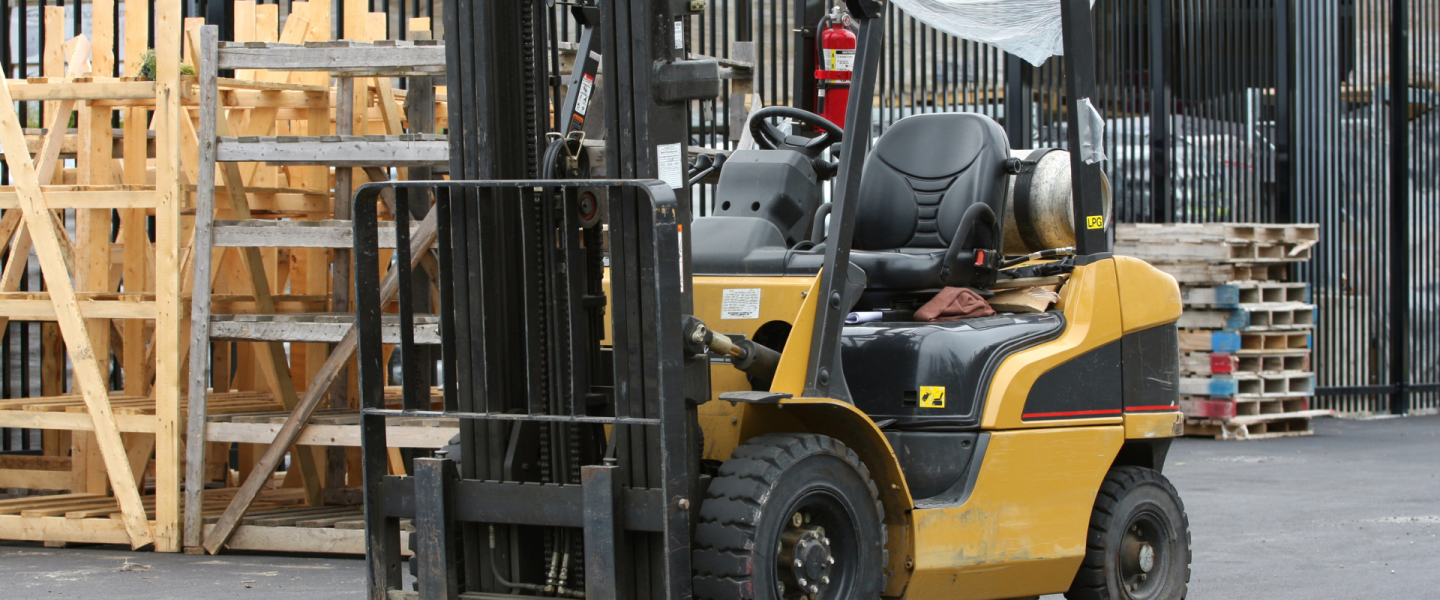In the fast-paced world of modern warehousing, efficiency and productivity are key. To keep up with the demands of today’s supply chains, warehouses rely heavily on various types of equipment. These tools and machines play a crucial role in streamlining processes, maximizing storage capacity, and ensuring smooth operations. From forklifts and pallet jacks to automated conveyor systems and barcode scanners, the range of equipment used in modern warehouses is vast and diverse.
However, amidst the hustle and bustle, one aspect that often goes unnoticed but is equally important is commercial cleaning. Warehouses require regular cleaning and maintenance, likely by professionals offering commercial cleaning services in San Antonio, TX (or elsewhere) to ensure a clean and safe working environment for employees, prevent equipment damage, and comply with industry regulations. That being the case, in this blog, we will explore the different types of equipment used in modern warehouses and shed light on the significance of maintaining a clean and organized environment to enhance efficiency and worker safety.
Forklifts
Forklifts are commonly used to lift and lower loads and can move to and from numerous places on the floor. The lift trucks also do significant work in material handling tasks.
Pallet jacks
Pallet jacks are especially important because they help to move pallets-which can contain tons of goods-around warehouses.
Palletizers
Palletizers use rollers, a brush, and a pressure plate to push the pallets together. They are the preferred option for high-volume warehouse operations. Presses use pressure alone, which is an alternative to palletizers. Compared to palletizers, presses are slower and less effective. Nevertheless, the industry still uses press machines, particularly in smaller warehouses.
Shelving
The shelving system allows for the easy handling and storage of various products. The type of shelving needed for a facility depends on its size.
Storage systems
The efficient storage and handling of products, materials, and equipment can result in savings in both, time and money. But this level of efficiency requires proper planning and management, which can be very extensive. So, it is essential to implement good warehouse management systems from companies like Datapel as a key part of your logistics strategy.
Automate guided vehicles (AGVs)
AGVs operate like self-driving robots and can carry products throughout their facility. They move the product, usually by gathering the product and moving it to a conveyor or a larger container. AGVs allow warehouse managers to move the product more efficiently.
In the supply chain and logistics world, warehouses are a common sight. Warehouses store and transport a variety of goods from warehouses, distribution centers, retail stores, and suppliers to retailers, wholesalers, and consumers. Warehouses use various equipment, including conveyors, forklifts, pallet jacks, hand trucks, and inventory and barcode scanners. This equipment is integral in the logistics industry, and the supply chain is greatly affected by it.
With so many kinds of warehouses, the requirement for specific equipment may vary. It all depends on what the warehouse is used for. Aside from being “storage,” warehouses can be distribution centers, distribution hubs, manufacturing centers, repair centers, or combined storage and distribution facilities. Some warehouses are used to service customers so a customer-facing facility may need the appropriate equipment for that.
Why This Equipment Is Important to the Warehouse
Warehouses require various industrial equipment to keep employees safe and ensure the efficient running of their daily operations. They use push carts and dollies to move inventory and pallet jacks and lift trucks to move pallets. They use order picking, packing equipment, and inventory control systems to track inventory. Warehouses use pallets, crates, and totes to transport goods. Forklifts, pallet jacks, and tow tractors with lift gates are used to load and unload cargo.
It is a given that warehouse equipment can be a huge investment, so it’s important to make sure you’re using it correctly and that you’re paying well-deserved attention to its maintenance. This equipment plays an important role in warehouse operations, and when it isn’t properly cared for, it can have a negative impact on productivity, safety, and efficiency.
Assembling a warehouse from the ground up, or updating your current warehouse with new pieces of equipment, can be challenging. There is some critical warehouse equipment that you can’t afford to live without. These pieces are the building blocks of your warehouse, and each has a specific function. To acquire these essential tools, many businesses opt for equipment loans florida or similar financing solutions available in their vicinity. Equipment loans provide the necessary capital to purchase forklifts, conveyors, shelving systems, and other vital equipment. Whether you’re looking to expand your storage capacity or upgrade your warehouse machinery, exploring these financing options can be a wise strategy.
Although, there is much more to a warehouse than forklifts, cranes, and conveyor belts. The warehouse layout must be planned cognizant in order to keep stock optimally and efficiently. Furthermore, all employees should be provided with two-way radios or walkie-talkies from Avoira or similar companies so that they can easily communicate with each other. This will allow them to report any accidents or hazards, and keep the necessary individuals appraised with the on-goings of the warehouse as and when necessary.
The warehousing business has many diverse uses. A warehouse can be a vital aspect of many different processes in process industries. Warehouses help to store, transport, and ship products. Warehouses are used to store raw materials, products, and finished goods. Warehouses help process goods that ship from factories. Warehouses are used to sell or store products. They help to store products after they are shipped to retailers. Warehouses help with inventory management. Warehouses help with the distribution and transportation of goods.

